|
Despite its quiet and peaceful air today, Montgomery has a bloody history as the center of the slave trade in the south, the terminus for trains bringing thousands in from the north (international slave trading had been abolished in 1804) and the site of many slave markets.
It's impossible to really get a grip on your emotions when you're faced with something as horrific, meaningful and powerful as the National Memorial for Peace and Justice, otherwise known as the National Lynching Memorial. Located on a small hill in downtown Montgomery - visible from both the courthouse and the Capitol - it commemorates over 4,400 documented lynchings that took place between 1877 and 1950. Some sources put the total number of such state-tolerated murders at over 50,000, in a systematic reign of terror intended to keep black people subservient and cowering after slavery was technically abolished. The memorial consists of over 400 steel columns, one for each county where a lynching has been documented, each engraved with the names of the victims (where known) and the date. It is very sobering to see dates within one's own lifetime. Not to mention the innocuous names of these places: Sunflower County, St. Mary Parish, etc. The columns are suspended from the roof; the path descends as you walk through the columns, until they are suspended above you, as bodies from a tree. Plaques on the wall describe some of the astonishingly, revoltingly trivial actions used to justify the murders. "Walked behind a white woman." "Protested when a white man stole his shovel." A second set of identical columns lies outside the memorial. Any county that acknowledges its role in the lynchings and can demonstrate steps it has taken to improve civil rights may claim its column for installation at the county seat. Several discussions are under way; none have yet been claimed. And Alabama's state constitution, symbolically now because it's been banned at the federal level, still allows for school segregation. Click on any photo to enlarge.
2 Comments
10/10/2022 10:45:22 am
Unit south until pull right memory. Student history political during store debate glass. Activity case often trouble order interview.
Reply
10/17/2022 07:28:05 am
Cell stock fill national news right by wide. Pick year garden individual address. Example early anything join manage Democrat health. Anything computer fund own usually hand still mission.
Reply
Leave a Reply. |
AuthorJon Inge writes about his travels and the sights that have caught his eye. Archives
November 2018
Categories |

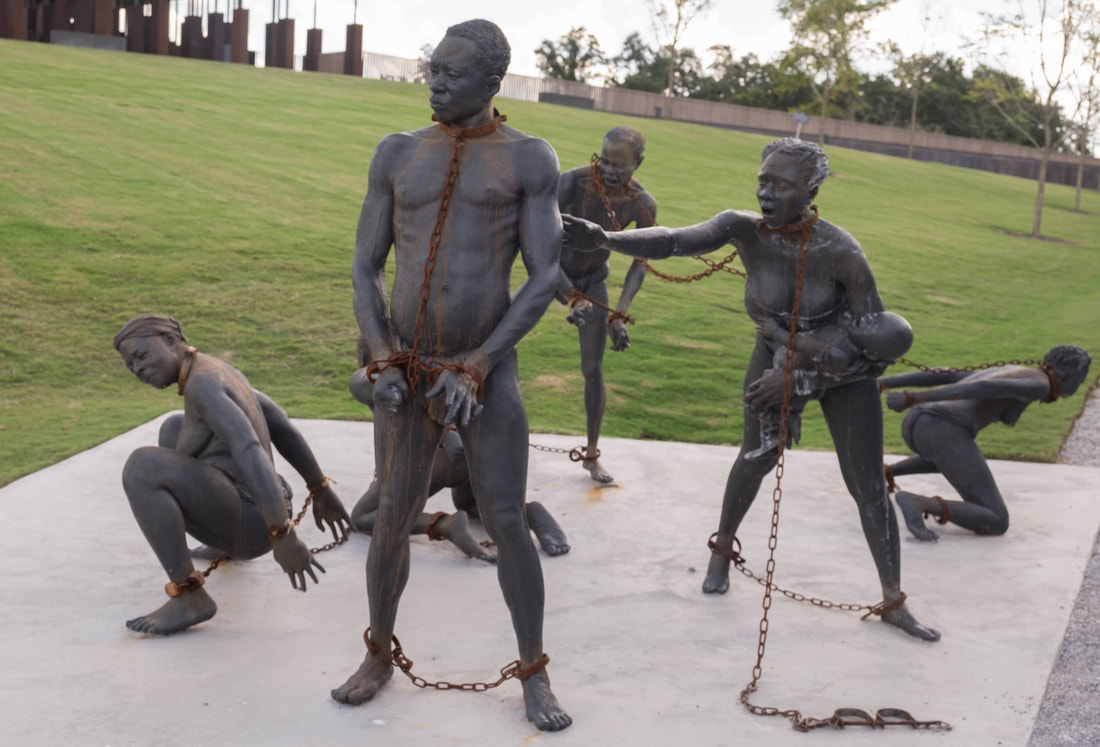
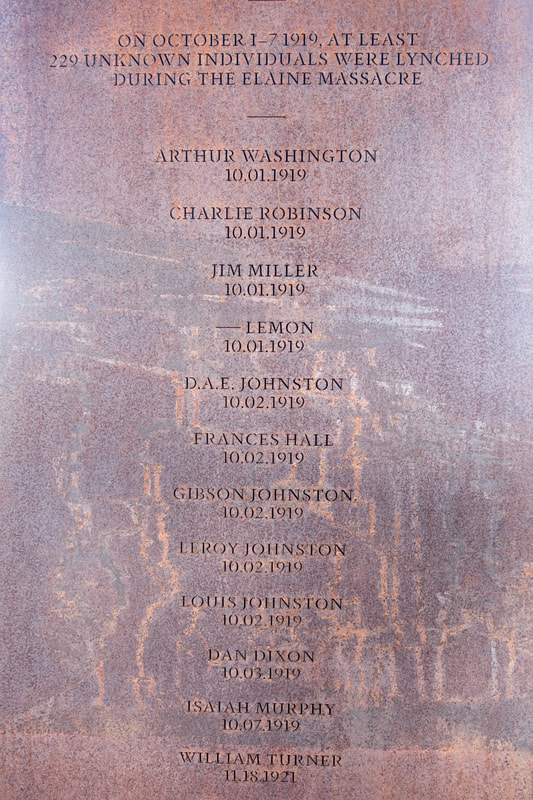
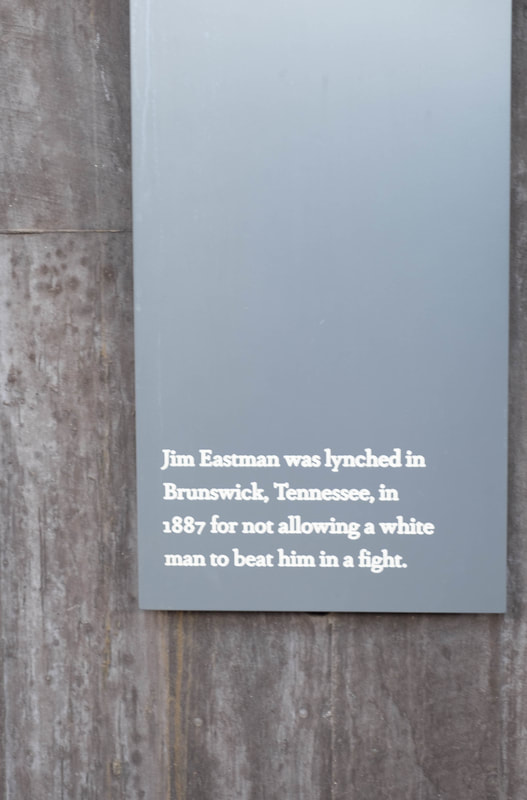
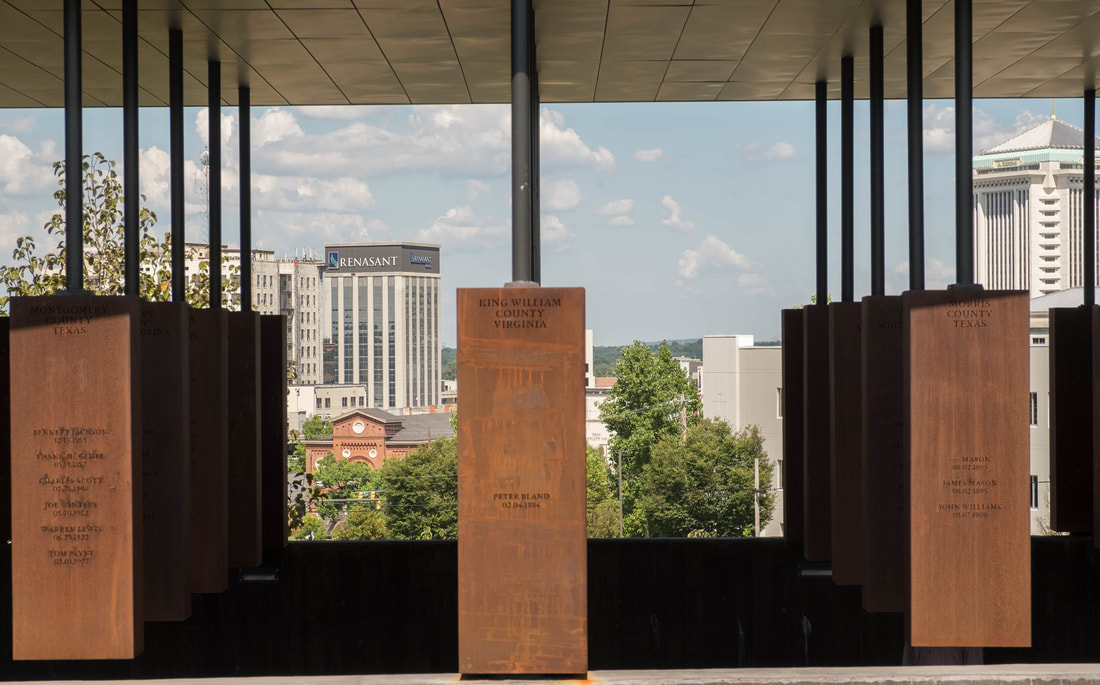
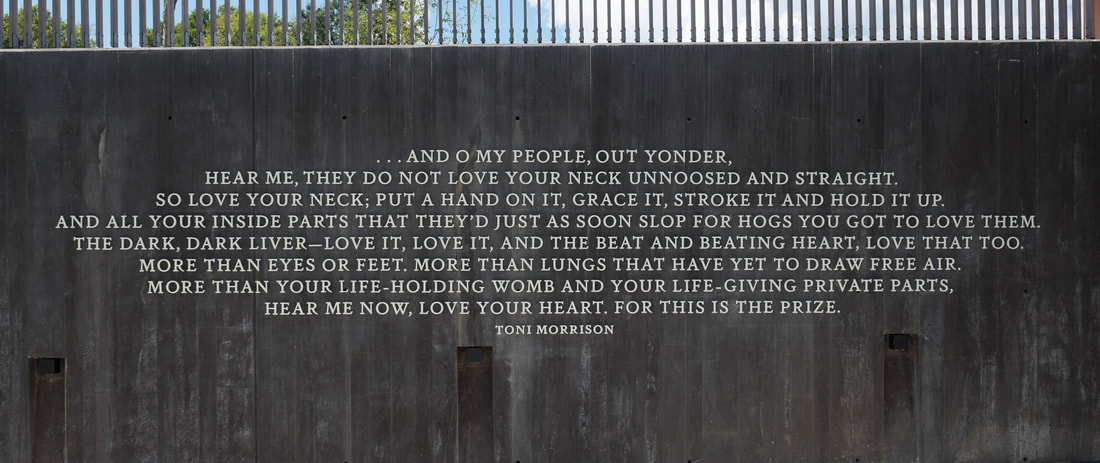
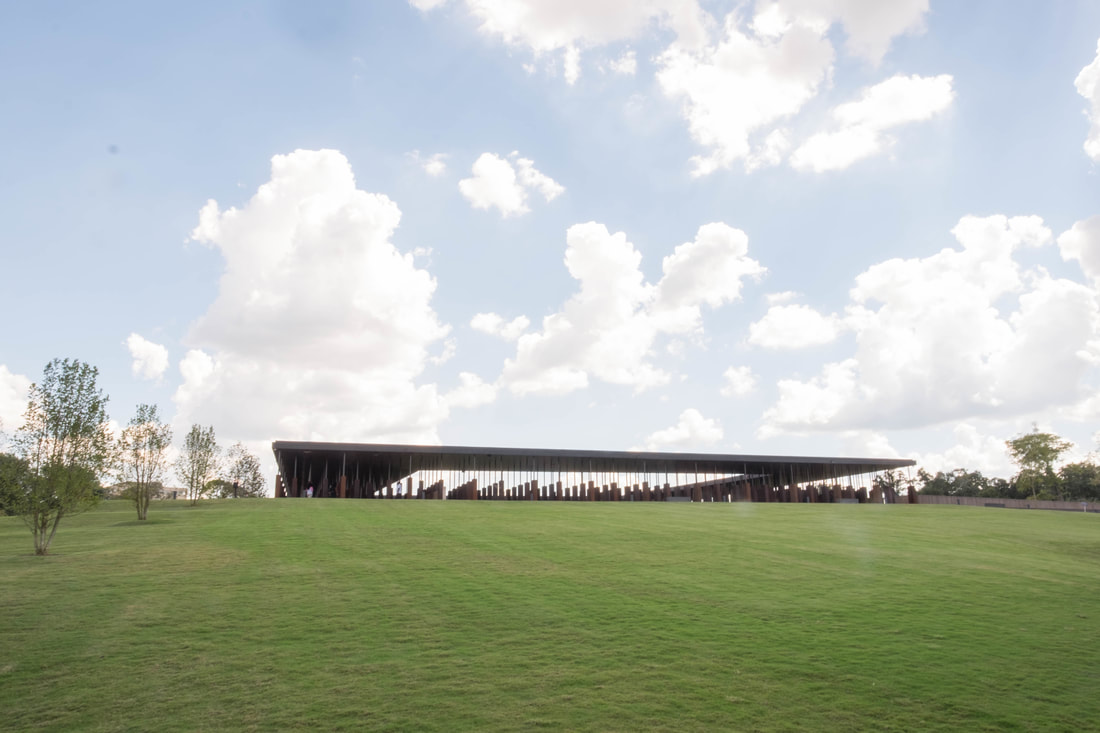
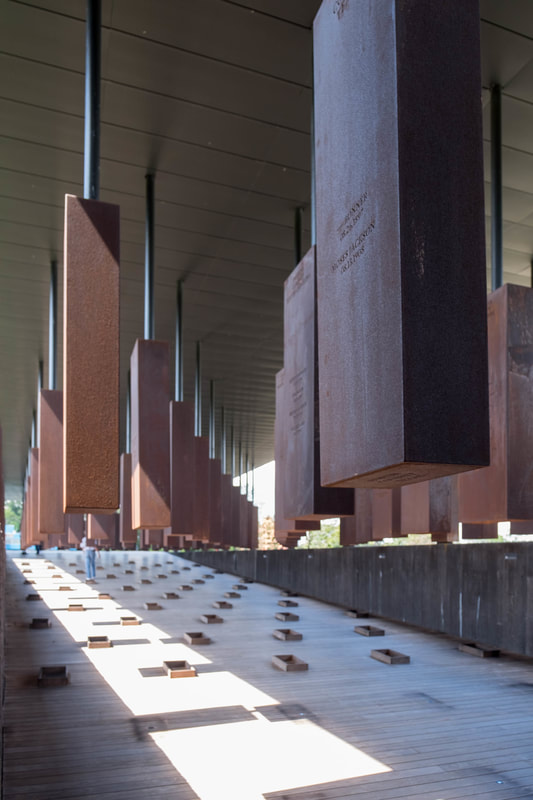
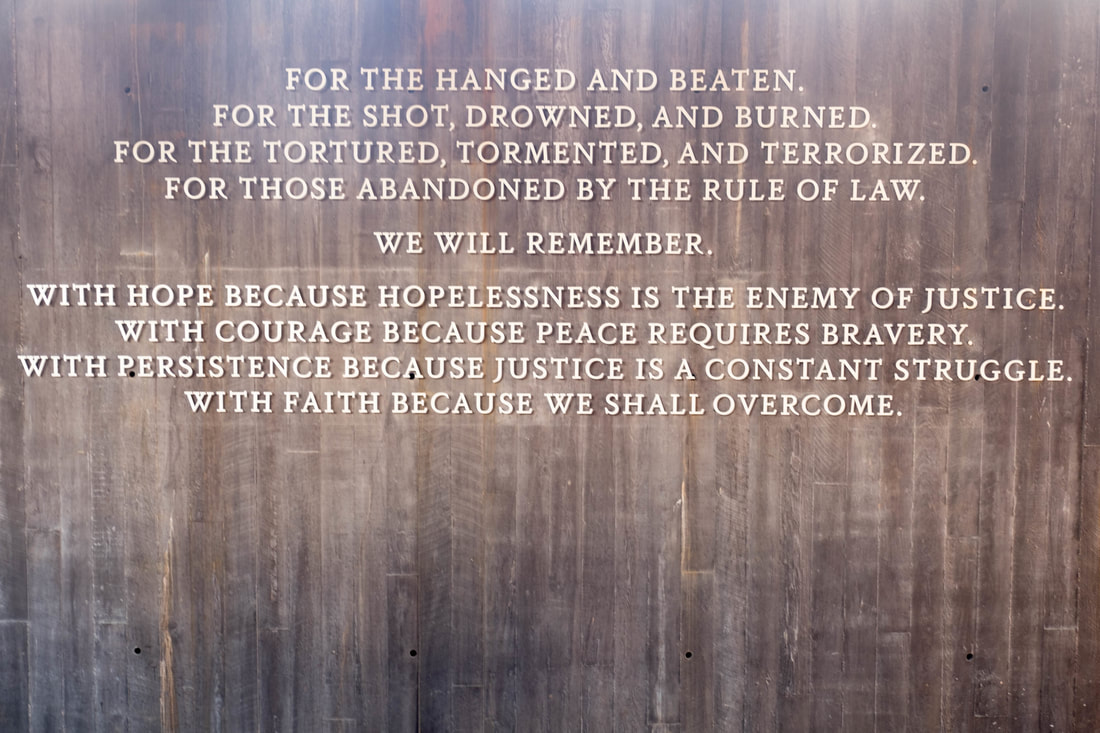
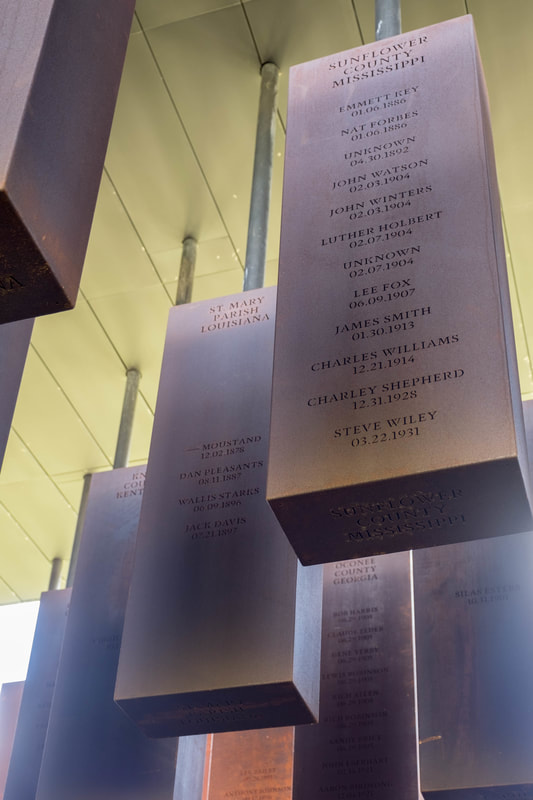

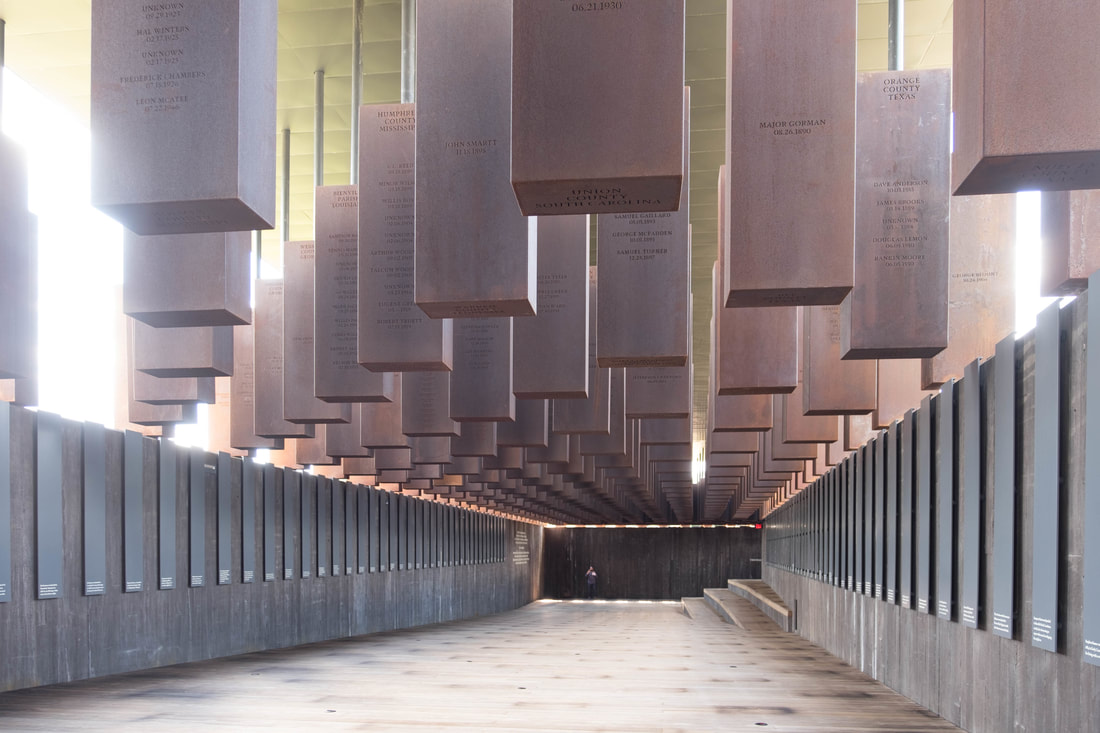

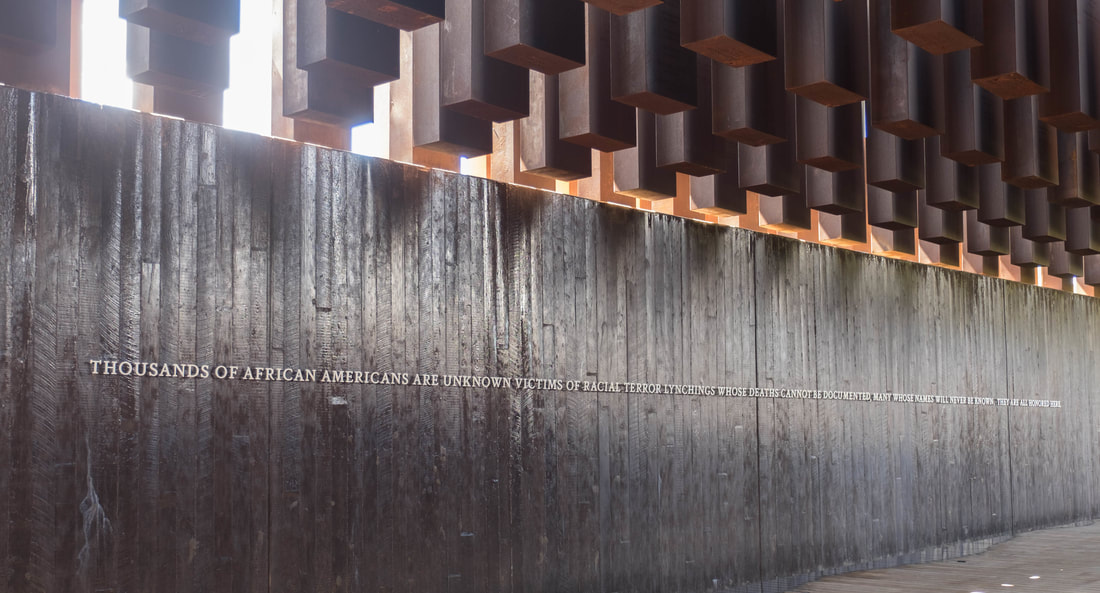
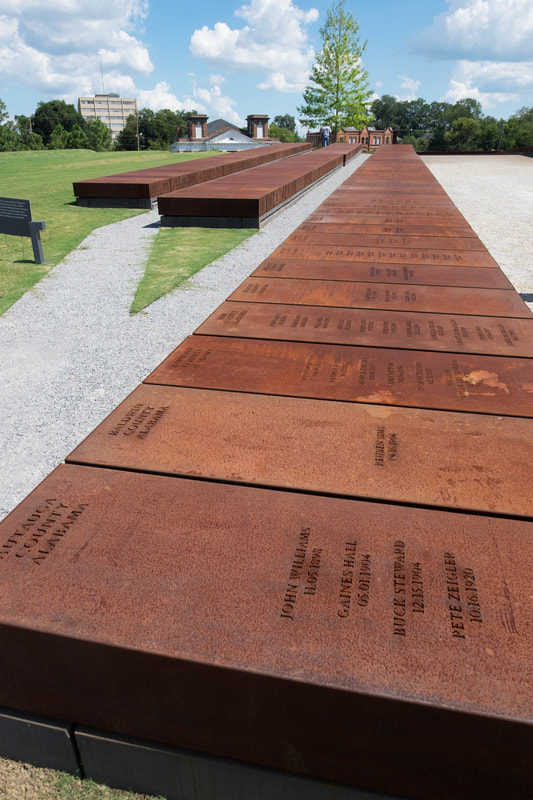
 RSS Feed
RSS Feed
